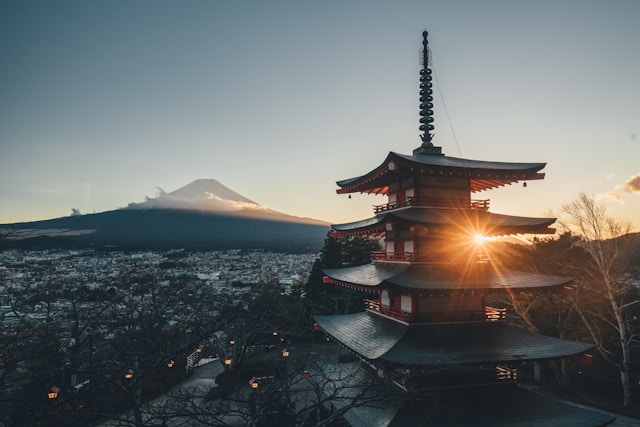The story of modern Japan is not a straightforward tale of defeat and recovery—it’s a tapestry woven from moral reckonings, political transformations, cultural exchanges, and bursts of creative energy. Although postwar Japan is often remembered for its astonishing economic rise and global cultural exports, the seeds of that transformation took root amid international trials and internal soul-searching. That’s why this list begins with Judgment at Tokyo, a meticulous look at the post–World War II war-crimes tribunal that set the tone for Japan’s reconciliation with its imperial past. From there, we move through pivotal works that spotlight Emperor Hirohito’s shifting role, the complexities of occupation-era rebuilding, and the advent of soft-power phenomena—anime, streetwear, pop music—that would redefine Japan’s place on the world stage.
These books collectively paint Japan as a nation shaped by upheavals but guided by resilience, introspection, and a remarkable capacity for cultural reinvention. Whether it’s the sobering truths of bureaucratic missteps in Dogs and Demons or the exuberance of youth fashion in Ametora, each perspective underscores the multilayered reality of a society navigating the legacies of war alongside the demands of modern globalization. By understanding this spectrum—from courtrooms judging wartime atrocities to subcultures fueling global fashion trends—we gain not just a sharper view of Japan’s past, but also valuable insights into how any society grapples with seismic changes and redefines its identity in a rapidly evolving world.
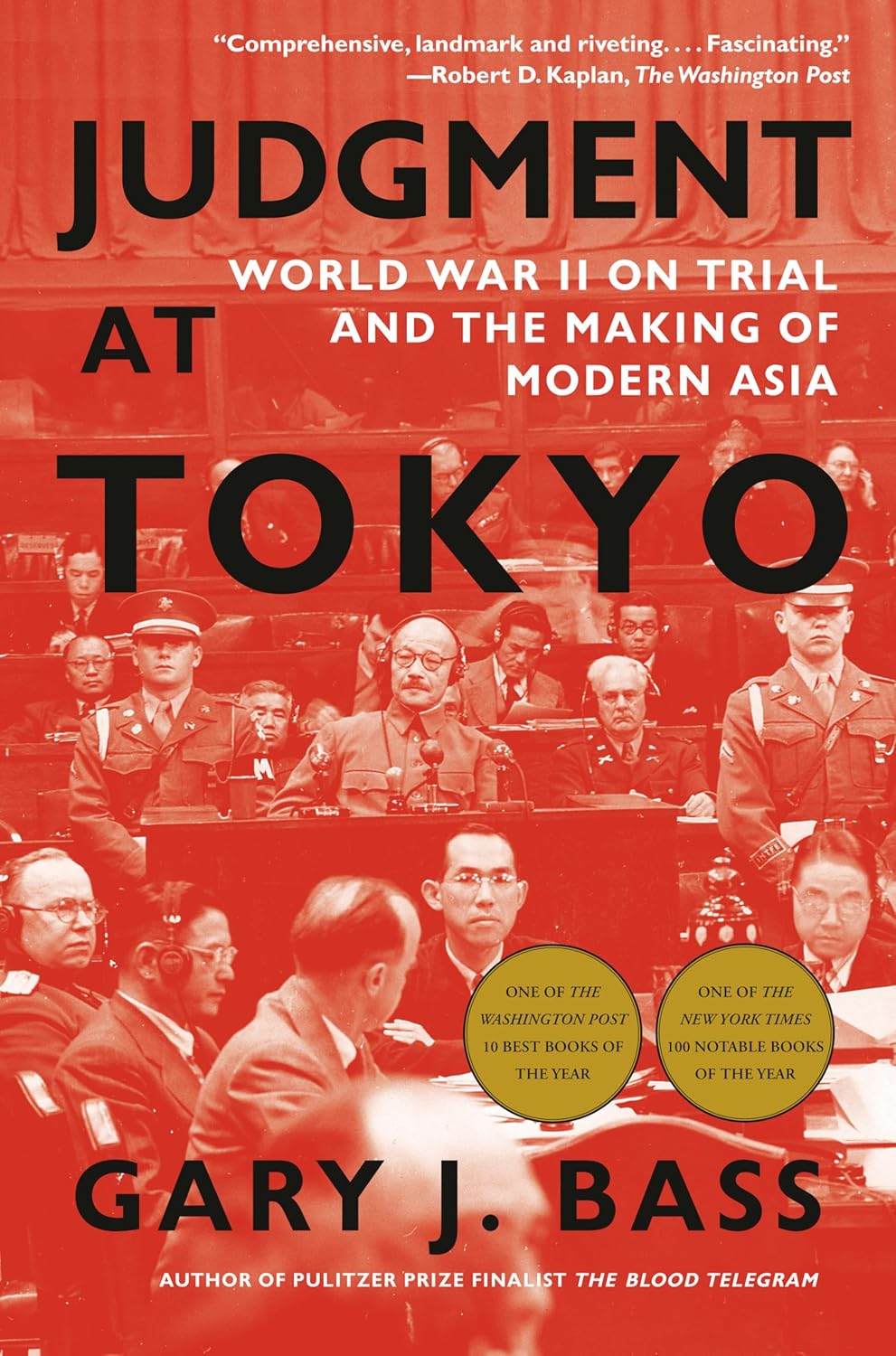
Judgment at Tokyo by Gary J. Bass
A detailed account of the Tokyo War Crimes Trials and their far-reaching implications.
Focusing on the legal reckoning of Japanese wartime leaders, this book delves into the complexities of international law, political maneuvering, and moral accountability. The trials shaped how Japan and the world understood war responsibility, setting precedents for future tribunals.
Why It Matters: Judgment at Tokyo underscores how the question of war guilt—who was guilty and how—became a cornerstone of Japan’s narrative in the wake of WWII. It also illuminates the tension between victors’ justice and genuine legal scrutiny, a theme still reverberating in global politics.
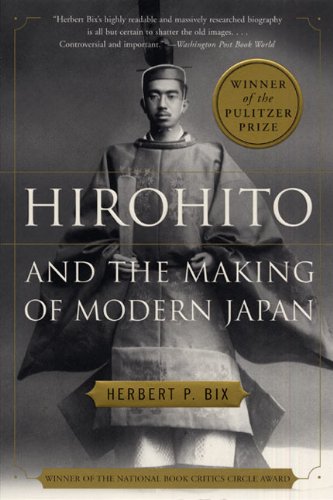
Hirohito and the Making of Modern Japan by Herbert P. Bix (2000)
A Pulitzer Prize–winning biography reexamining Emperor Hirohito’s wartime and postwar roles.
Herbert P. Bix challenges the notion that Hirohito was merely a ceremonial figure, showcasing his direct involvement in military decisions. The book spans from Hirohito’s early reign through Japan’s reconstruction, presenting the Emperor’s story as a mirror of the nation’s shift from empire to postwar democracy.
Why It Matters: Understanding Hirohito’s shifting status—quasi-divine monarch turned constitutional symbol—reveals how profoundly Japan reinvented itself after its defeat. His personal evolution offers critical insights into the psychological and political transformations that shaped modern Japan.
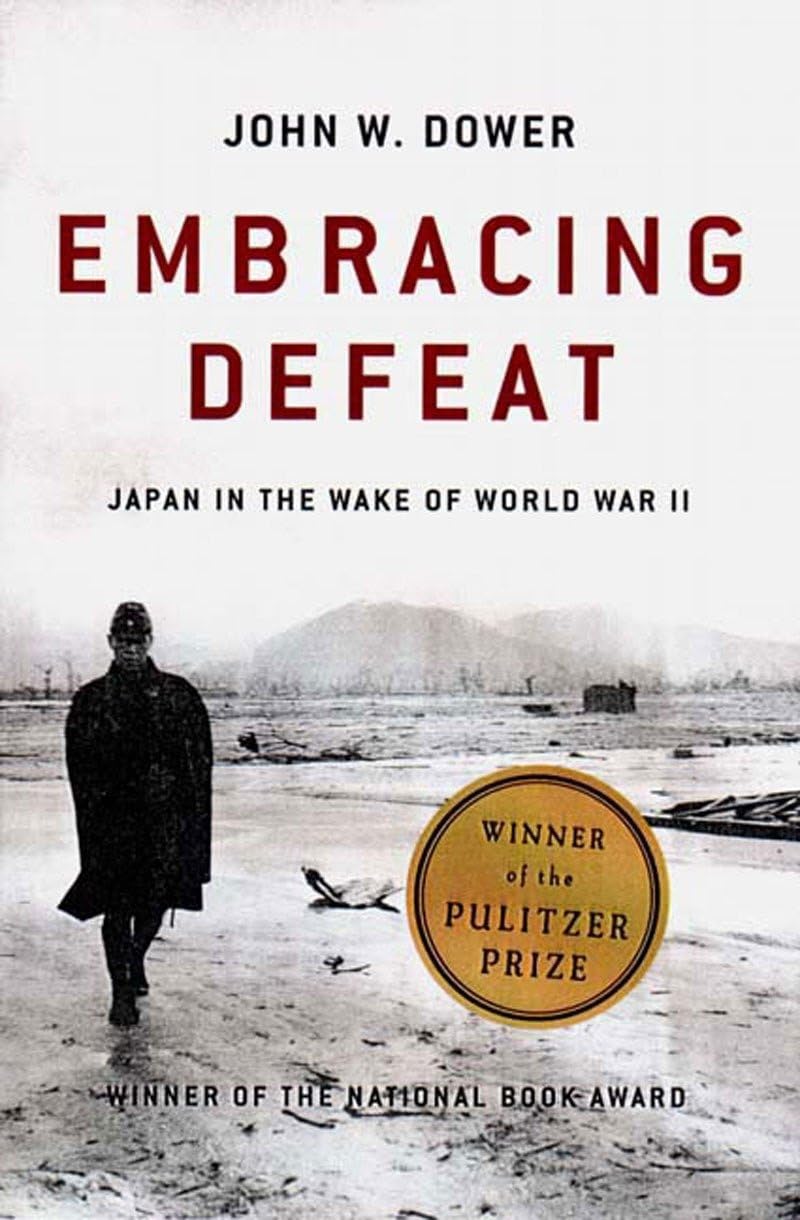
Embracing Defeat by John W. Dower (1999)
A sweeping study of Japan’s reconstruction under Allied Occupation.
John W. Dower uses diaries, newspapers, and official records to illustrate how ordinary people coped with the shock of defeat, scarcity, and censorship. It illuminates how democratic institutions, economic models, and cultural practices arose in the rubble.
Why It Matters: By dissecting the Occupation years, this book explains why modern Japan looks and feels the way it does today—from constitutional reforms to grassroots cultural changes. It’s also a testament to how nations can reinvent themselves after catastrophic loss.
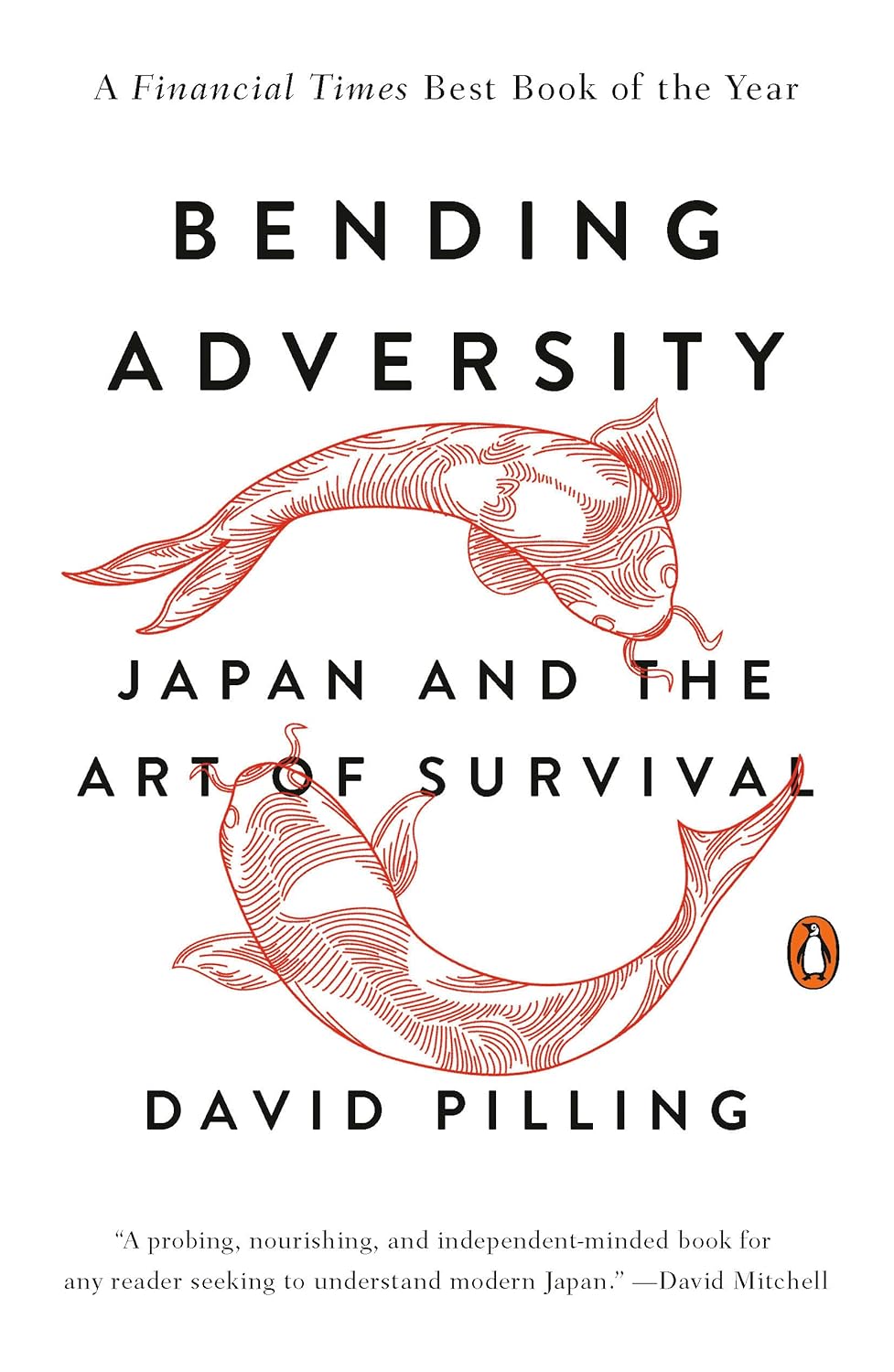
Bending Adversity: Japan and the Art of Survival by David Pilling (2014)
A journalist’s up-close narrative on Japan’s resilience in the face of modern crises.
David Pilling, former Financial Times Tokyo bureau chief, weaves macroeconomic insights with personal stories—from the 2011 earthquake/tsunami to the challenges of an aging population. He shows how political debates translate into real lives and livelihoods.
Why It Matters: While Judgment at Tokyo and Hirohito and the Making of Modern Japan explore historical reckonings, Bending Adversity focuses on ongoing social, economic, and environmental pressures. It highlights how resilience continues to define Japan, decades after WWII.
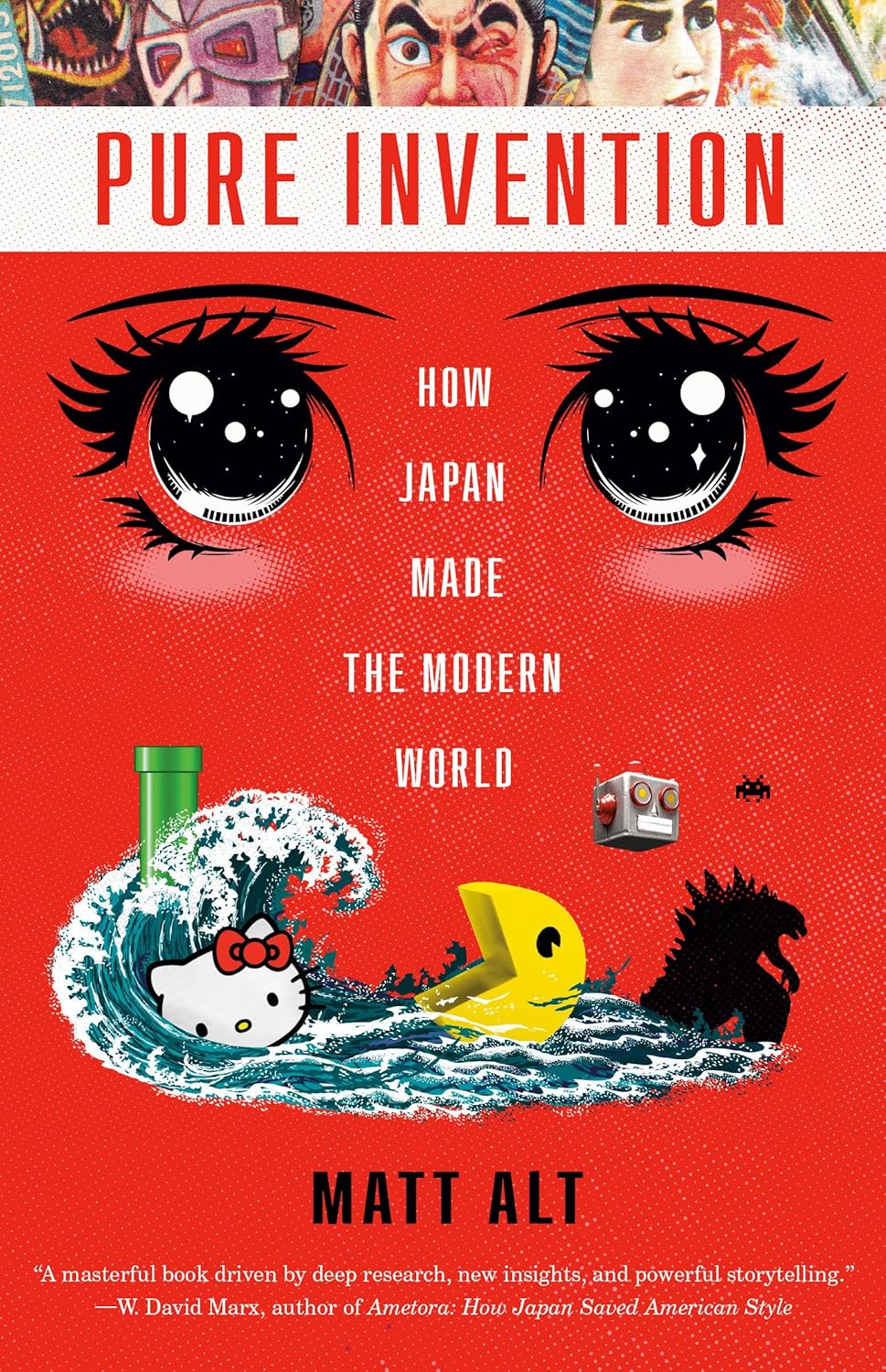
Pure Invention: How Japan’s Pop Culture Conquered the World by Matt Alt (2020)
A lively exploration of Japan’s global cultural influence, from anime to high-tech gadgets.
Matt Alt illustrates how seemingly playful innovations—Hello Kitty, video games, the Walkman—became cultural cornerstones with worldwide reach. He draws a line from postwar creativity to Japan’s distinct brand of “soft power.”
Why It Matters: Understanding pop culture is key to grasping how Japan’s image evolved from a defeated empire to a dynamic trendsetter. These products and icons are more than fun; they’re a vital part of Japan’s cultural and economic identity.

Dogs and Demons: Tales from the Dark Side of Modern Japan by Alex Kerr (2001)
A provocative critique of Japan’s infrastructure excess, bureaucracy, and cultural decay.
Alex Kerr, a longtime resident of Japan, points out contradictions in a nation celebrated for efficiency yet mired in wasteful construction projects, environmental damage, and rigid social systems. His tone is direct, aiming to spark debate on overlooked systemic flaws.
Why It Matters: Contrasting with the “Cool Japan” narrative, Dogs and Demons reminds us that rapid modernization can have hidden costs. It prompts readers to look deeper than Japan’s shiny exterior, raising important questions about cultural preservation and governmental accountability.
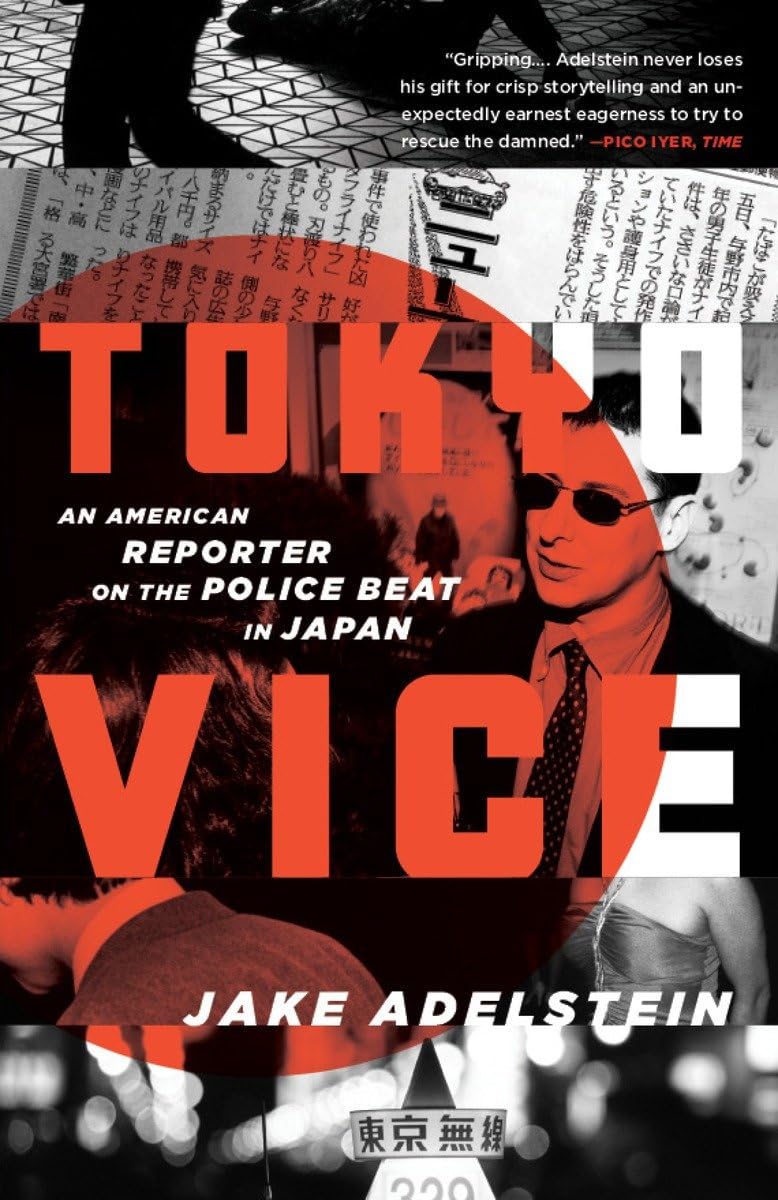
Tokyo Vice: An American Reporter on the Police Beat in Japan by Jake Adelstein (2009)
A gripping firsthand chronicle of organized crime, media ethics, and urban life in contemporary Tokyo.
Jake Adelstein documents his encounters with the yakuza while working for a major Japanese newspaper, revealing a Tokyo of illicit networks and cultural taboos. His narrative straddles true crime and memoir, shedding light on the murky relationship between law enforcement and journalism.
Why It Matters: While the historical trials in Judgment at Tokyo spotlighted war crimes, Tokyo Vice shows how issues of law, order, and secrecy continue to shape Japan’s social fabric. It paints a modern-day portrait of accountability in a country proud of its low crime rate but rife with hidden complexities.
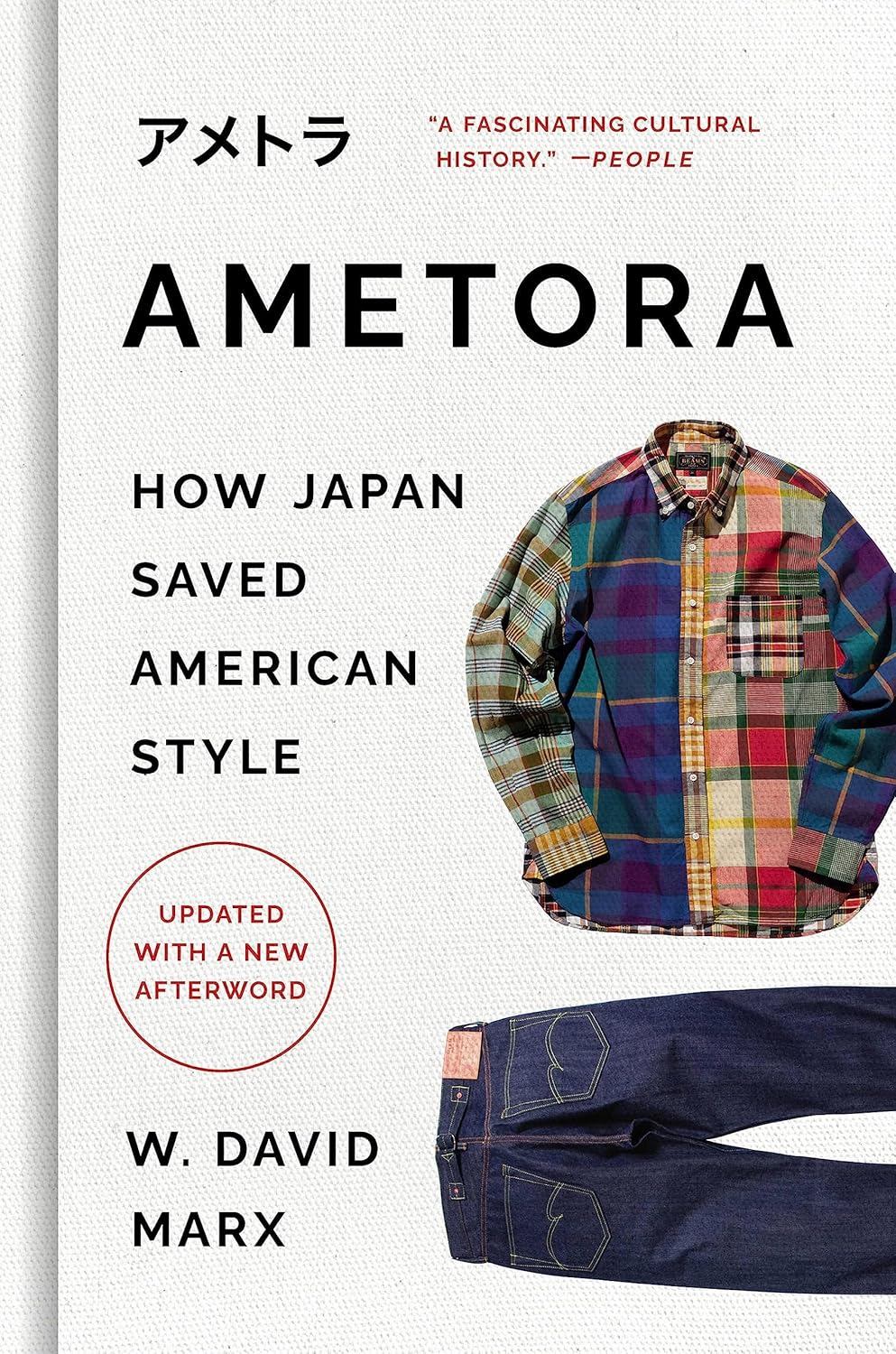
Ametora: How Japan Saved American Style by W. David Marx (2015)
A deep dive into Japan’s reinvention of American denim and streetwear, shaping global fashion trends.
By chronicling how postwar Japanese youth adopted American jeans, Ivy League looks, and preppy style, W. David Marx illustrates Japan’s knack for cultural absorption and reinvention. These refined trends soon returned to the West, coveted by fashion enthusiasts worldwide.
Why It Matters: Like Pure Invention, Ametora reveals how cultural exchanges between East and West can spark global phenomena. It stands as another testament to Japan’s ability to blend foreign influences with local craftsmanship—and market them back to the world.
Bonus Suggestions
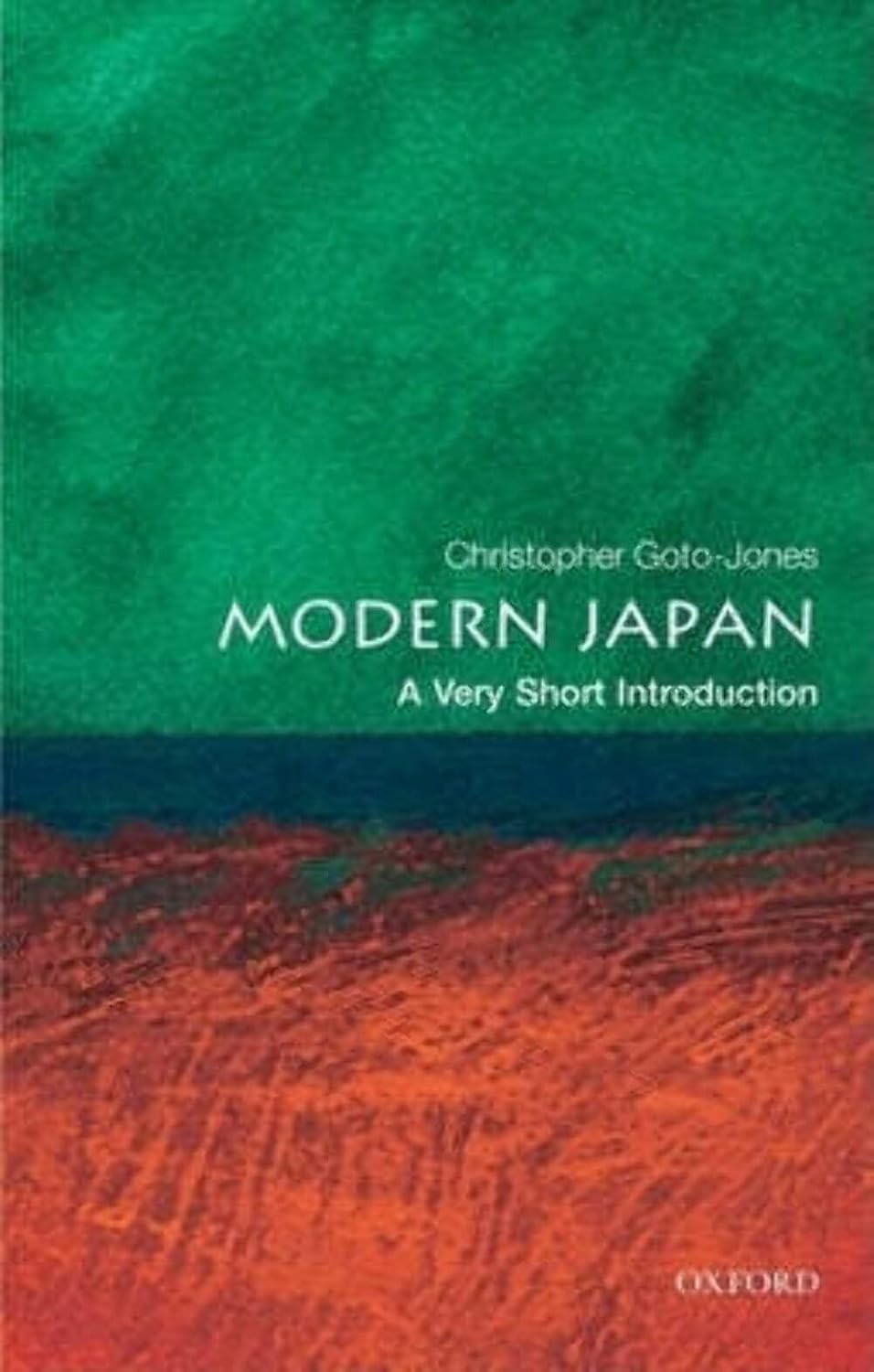
Modern Japan: A Very Short Introduction by Christopher Goto-Jones (2009)
Perfect for a concise overview of Japan’s transformation from the Meiji Restoration to the present day.
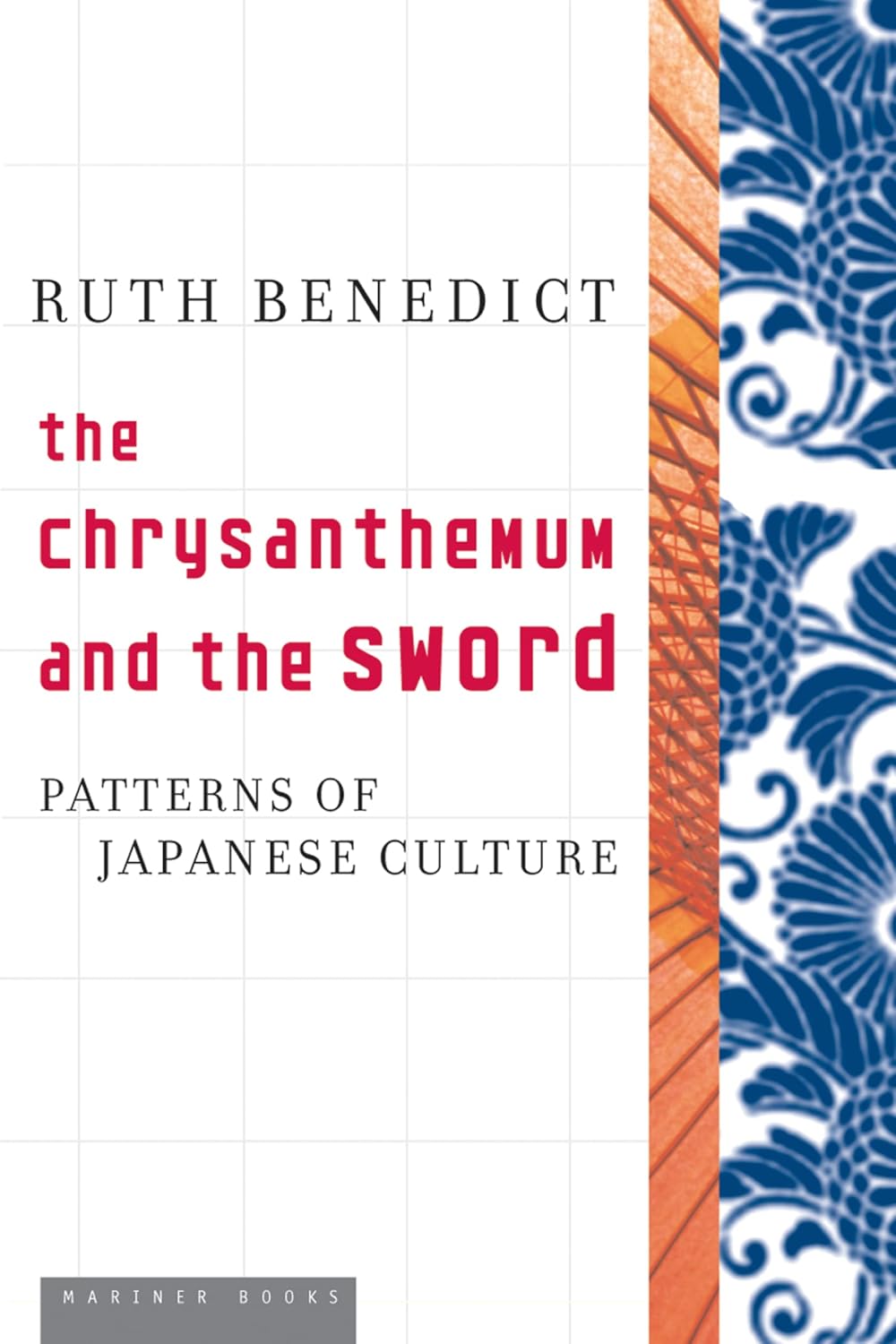
The Chrysanthemum and the Sword by Ruth Benedict (1946)
An influential anthropological study that shaped early Western perceptions of Japanese culture. Notable for its historical context, though modern scholars debate its broader generalizations.
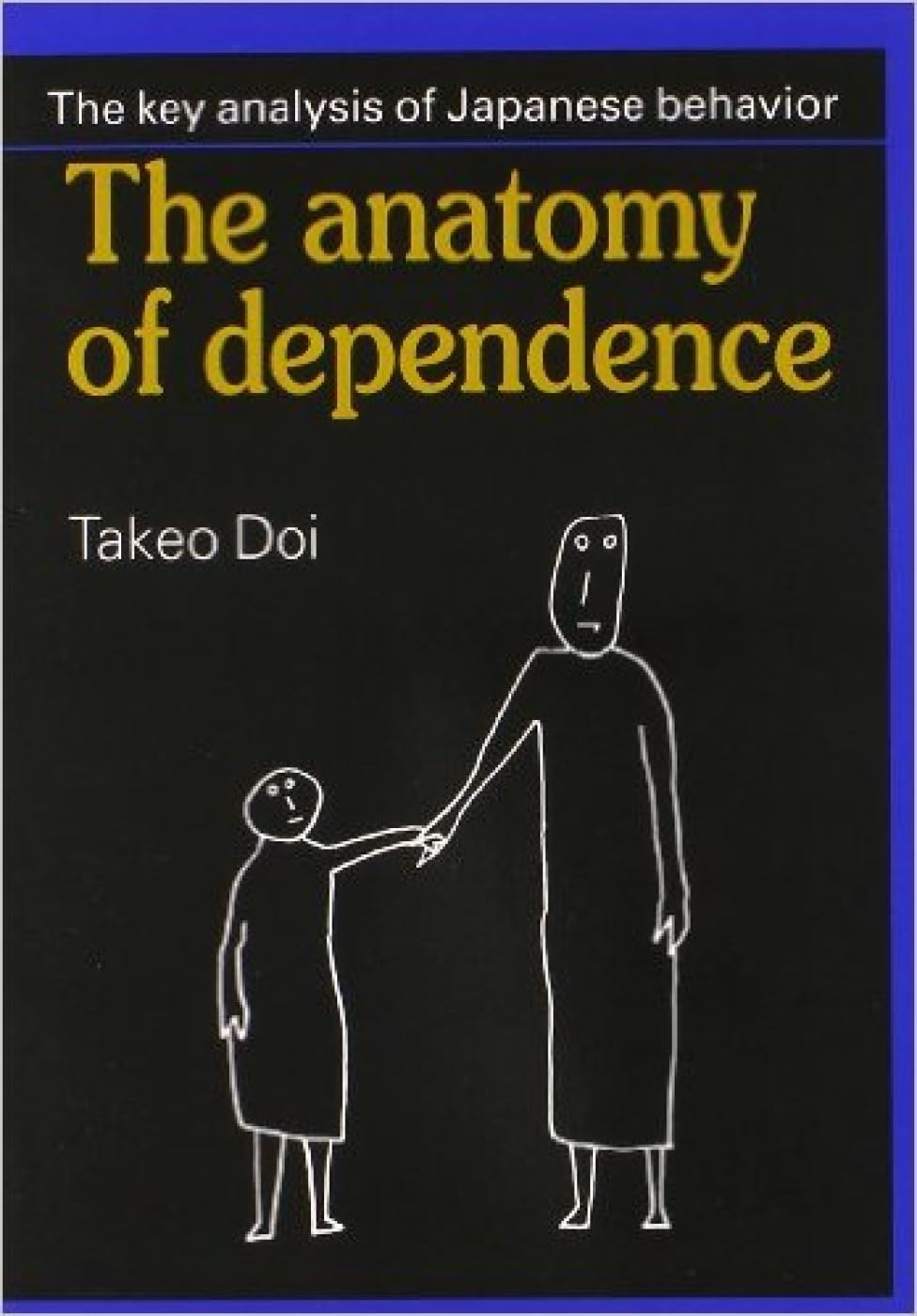
The Anatomy of Dependence by Takeo Doi (1971)
Explores amae, the concept of indulgent dependency in Japanese social and familial relationships—a psychological angle that can add depth to broader cultural discussions.
Conclusion
Taken together, these readings trace an arc that begins in the courtroom and ends in the bustling streets of contemporary Tokyo. They reveal how Japan’s postwar identity hinged on legal, moral, and political transformations, yet also blossomed through pop-cultural revolutions and fashion renaissances. Judgment at Tokyo highlights the complexities of assigning responsibility for war crimes, while Hirohito and the Making of Modern Japan and Embracing Defeat shed light on how the nation reshaped itself under occupation. From there, modern angles—be it investigative journalism in Tokyo Vice or global cultural influence in Pure Invention—show that Japan’s story didn’t end with economic success; it continues to unfold in the interplay of tradition, innovation, and self-examination.
Ultimately, these works remind us that nations, like individuals, are defined by how they confront their darkest chapters and channel them into future evolution. Japan’s journey from the wreckage of war to an engine of global creativity offers lessons on resilience, cooperation, and cultural fusion. Whether your interest lies in wartime diplomacy, economic models, or the pop-culture icons that capture our collective imagination, exploring these books will deepen your appreciation for the many faces of modern Japan—and perhaps illuminate the paths any society might take when it seeks to reconcile history with a constantly shifting present.

